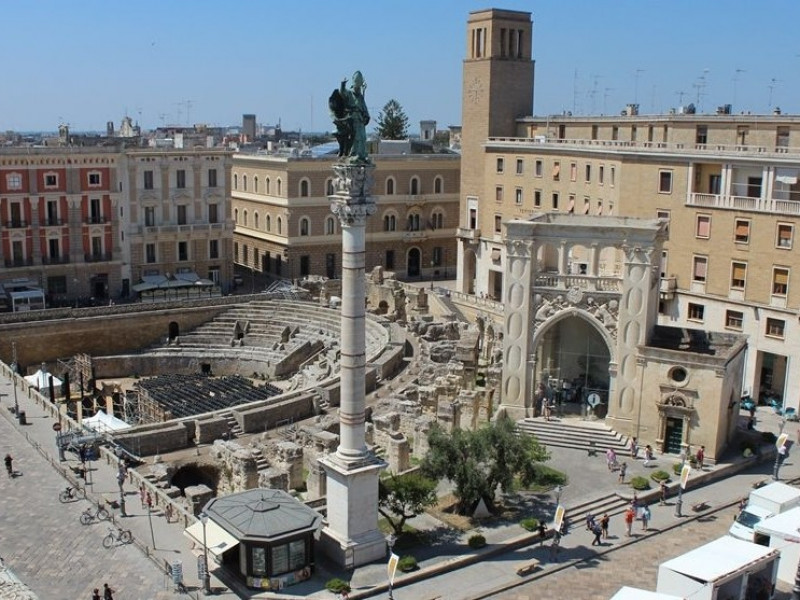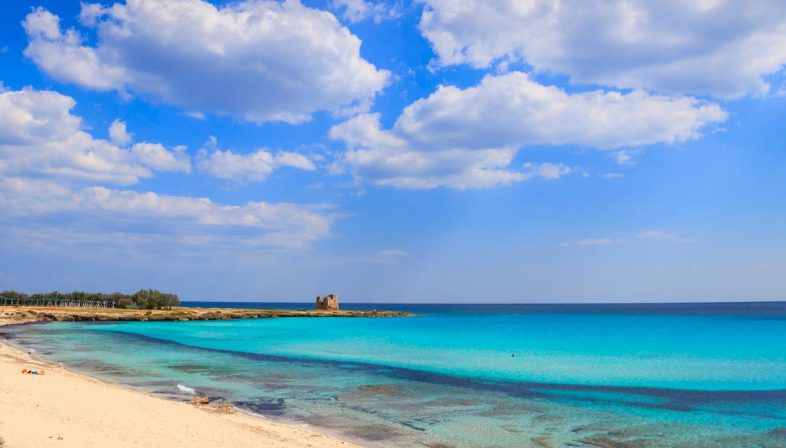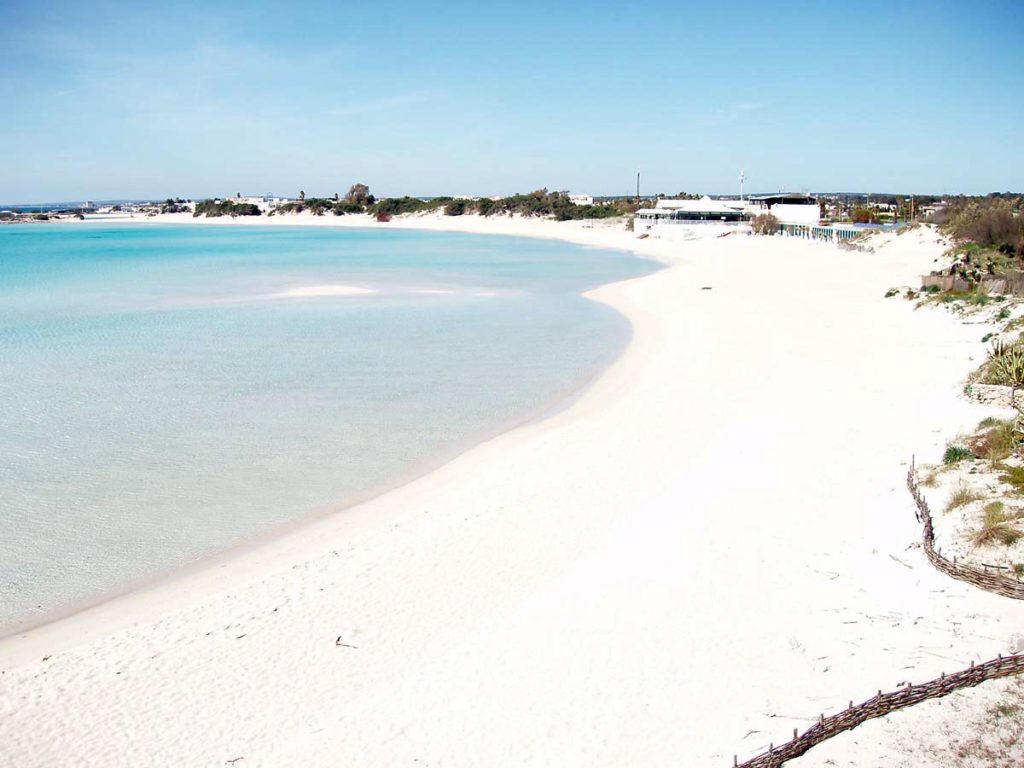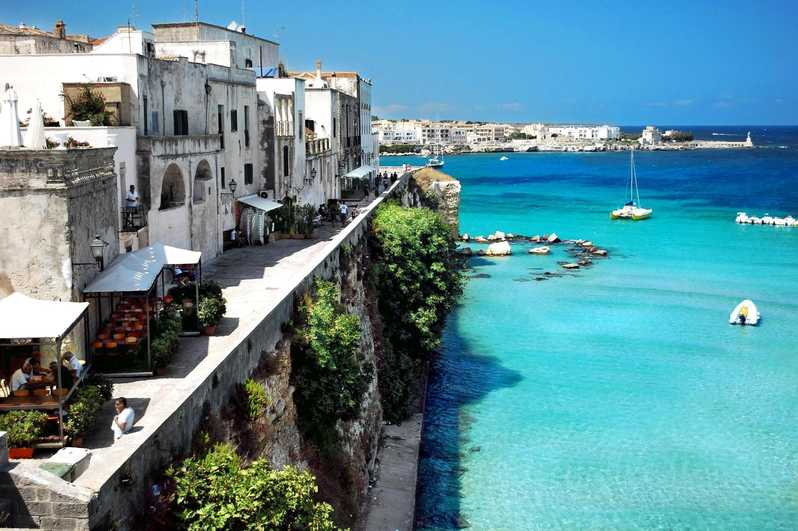
Lecce. Art cities of Italy, is known as “the Florence of the South”, “the Florence of the Rococo era” or “the Lady of the Baroque”: the ancient Messapian origins and the archaeological remains of the Roman domination are in fact mixed with the wealth and the exuberance of the baroque, typically seventeenth-century, of the churches and palaces of the center, built in Lecce stone, a malleable limestone and very suitable for working with the chisel. The architectural development and decorative enrichment of the façades was particularly fruitful during the Kingdom of Naples and characterized the city in such an original way as to give rise to the definition of Lecce Baroque.


Scalo di Furnò. In 1963, Domenico Novembre, a professor at the University of Lecce, accidentally discovered a considerable amount of archaeological findings and animal fossils that led him to communicate the discovery to the Archaeological Superintendence of Taranto. During the excavations, which began in 1969, Mycenaean ceramics of Cypriot origin and rhodium came to light, mixed with the local Meso-Apennine style, Mycenaean and sub-Mycenaean ceramics from Ithaca and Kefalonia and from the Greek west coast, and geometric japigia (Xth century, IX, and VIII aC). In addition to the pottery, a sacellum with remains of bones of wild animals, two hearth-shaped sites, votive statuettes, bronzes, local pottery and a 6th-century vase fragment have come to light. a.C., which bears the name of the Messapic deity Thana.

Gallìpoli. Known as the pearl of the Ionian Sea.The city, the bishop’s seat from the 6th century AD, is located along the west coast of Salento, stretching out over the Ionian Sea, and is divided into two distinct areas: the historic center, which stands on an island of calcareous nature, which has a circuit of about 1.5 km. and the new village, connected to the island by a brick bridge dating from the seventeenth century that began to be formed in 1837 on an area higher than that of the entire island, characterized by low houses and wide streets. To the west of Gallipoli lie the island of Campo, the islet called “Li picciuni” and the island of Sant’Andrea which, completely flat, covers about 50 hectares
Gallipoli, along with other towns of Salento, for the historical importance of religious and civil architecture of the Baroque era, has been included in the UNESCO Tentative List pending recognition as a & nbsp heritage of humanity.

Otranto. A town of 5,600 inhabitants that in the summer sees its population multiplied by the beauty of the places, the uniqueness of the sea and the importance it covers within the economy and tourism of Salento. The name derives from the word Hydruntum, which indicates a small river that crosses the Valle di Idro, although some schools of thought believe that instead it may derive from the name used to indicate a rise that stood near the port area, called Odronto . Of the municipal territory are also part of several hamlets, some of which are also requests for tourist destinations, such as Porto Badisco, Fontanelle, Serra Alimini, Frassanito, Conca Specchiulla.
